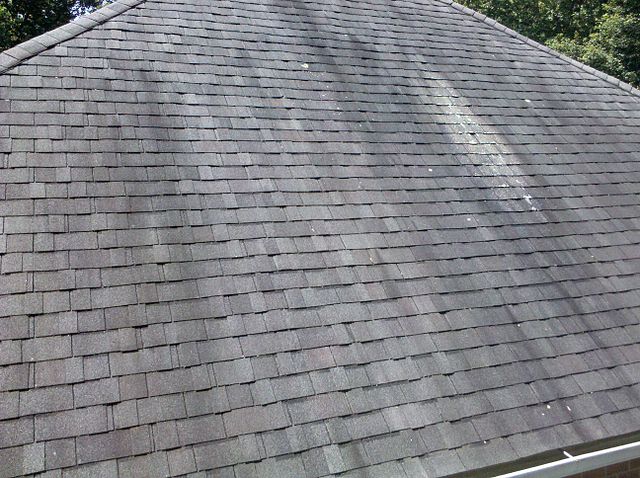
Nine Steps to Repairing Your Roof the Right Way

If you have a shingled roof in a hurricane prone area and it’s time to replace your roof, follow the advice in this guide to improve the long-term performance of your new roof. When you’re ready to get started, find a qualified roofing contractor. Proper installation directly impacts a roof’s long-term performance. Take the time to check the contractor’s references and their professional liability insurance and to talk to the contractor about your expectations.
1. Remove the Old Roof Cover
Remove the damaged or aged roof cover and underlying building paper or underlayment to expose the roof deck. This allows strengthening of the roof deck connection to the roof structure and provides the solid, smooth surface needed to help ensure that the new roof cover achieves its full strength.
2. Inspect for Damage
Look at the roof deck for rotting, delaminating, warping, or other signs it may be structurally unsound. If any of these signs exist, replace the damaged sections with similar materials of the same thickness.
3. Re-Nail the Roof Deck
This will provide a wind-resistant connection to the roof framing.
4. Anchor Gable End Outlookers
Outlookers are roof framing members that are sometimes used to support the roof overhang at the gable end of a house. They start at the second truss or rafter back from the gable end wall and extend out over the gable wall framing to support the edge of the roof. Improve the anchorage of outlookers at gable ends, if present, by connecting the outlookers to the roof framing with metal strips.
5. Seal the Roof Deck Against Water Intrusion
This will help keep water out of the house if the roof cover blows off. Large amounts of wind-driven water can pour into the attic through unsealed gaps between pieces of roof sheathing.
6. Install Flashing
Proper flashing is important to the performance of your roof. Flashing is necessary at all penetrations (i.e., pipes and vents that create openings in the roof deck); where the roof intersects with vertical services, in roof valleys, at any location where the roof changes slope, and at eaves and gable rakes. Valley areas without flashing are especially vulnerable to leakage.
· Installation of a 36-inch wide self adhered polymer-modified bitumen membrane underlayment or metal flashing centered on the valley is critical.
· At intersections of the roof with vertical surfaces such as walls and chimneys, flashing should extend up the vertical surface, be covered with wall cladding, and lapped in shingle fashion.
· A corrosion-resistant drop edge should be provided at eaves and gables of shingle roofs. The overlap between the ends of sections of drip edge should be at least 3 inches.
· Drip edges should extend down the fascia ½ inch below the sheathing and extend back on the roof deck a minimum of 2 inches.
· Drip edges should be fastened to the roof deck at 4 inches on center.
7. Roof Cover
Apply a building-code approved, wind-resistant roof cover. Follow the manufacturer’s installation instructions for high-wind areas or local code requirements, if they are more restrictive.
8. Roof Vents
All roof vents should be high-wind rated and properly installed. Vents that have passed Florida Building Code Test Standard TAS 100 (A) are tested for both wind and water intrusion.
9. Soffits
Retrofit or replace vulnerable soffits. Make sure they are installed according to manufacturer’s instructions. Most aluminum and vinyl soffit high-wind installations require an intermediate support when the soffit extends more than 12 inches from the wall. When soffit covers are blown out during a hurricane, a tremendous amount of water can enter the attic. It is important to make sure that the soffit material stays in place.
D. Ward Insurance would be happy to answer any questions you may have about Homeowners Insurance or to begin the process of getting a Homeowners Insurance Policy. Call us today at 770-974-0670 or visit DWardInsurance.com to request a quote. We look forward to doing business with you!
“Gloeocapsa Magma on Shingles” by Mcbooz is licensed under CC BY-SA 3.0
Categories: Blog






